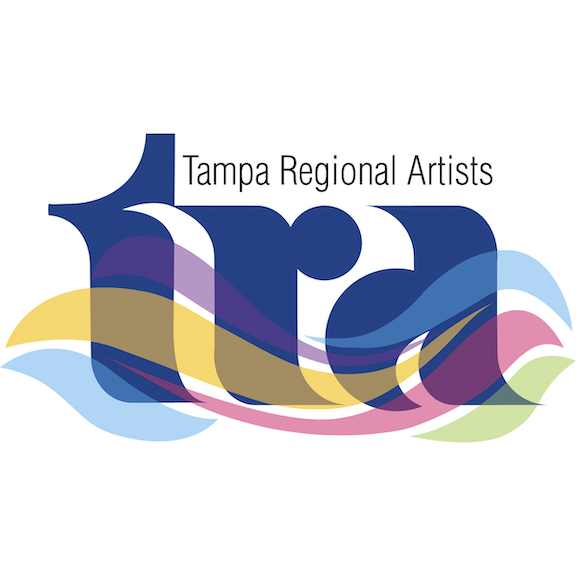Luminous Landscapes in Realist Watercolor Techniques Workshop by John Babalis
Luminous Landscapes in Realist Watercolor Techniques Workshop by John Babalis
Supplies:
Watercolor Paper
The paper is the most important part of the watercolor process. Use best you can find: 100% rag preferably 300 lb. wt. (140 lb is the second choice) Inexpensive pulp ( not rag)WC paper that is a lighter weight does not hold up to washes applied to wet surfaces and it is unable to handled layering. It will buckle and ripple when wet.
I use Arches hot pressed surface 300 lb. wt. This surface allows for fine detail and yet is heavy enough for over washes and rich paint application. I recommend 1-2 full sheets 30” x 22" paper for the course.
Paint
Use a high quality brand of WC paint and only tubes (some examples are Winsor Newton, Sennelier, Grumbacher, and Holbein.) The tubed color pigments are rich and intense. They mix so much better than dry cake pigments. Look for the ratings for permanence of the hues. I use various brands for specific colors I prefer. Earth colors like ochres and umbers are found to be acceptable in less expensive brands where blues, reds and yellows are going to be a better quality (fine ground pigments with brighter values and more intensity) in higher priced brands.
Color Selection Suggested
Cadmium yellow light, cadmium yellow deep
Pthalo blue (Prussian blue), cerulean blue, manganese blue, ultramarine blue
Cadmium red light (vermillion), alizarin crimson
Pthalo green, hooker’s green light, permanent green
Sepia, burnt umber, yellow ochre, burnt sienna
Permanent violet, permanent rose or opera rose permanent (bright pink)
Chinese or gouache white (opaque white for special effects)
Also option to use Ivory black
I prefer to not use black normally. The rule of thumb is if it is nature then
Mix neutral dark tones. It is manmade ( i.e. tires, printing on a newspaper or checkers pieces) a black is acceptable.
Bring what colors you have if you cannot find the suggested colors.
Brushes
Bring a full complement of your preferred brushes
I recommends an oval wash brush 1 ½” – 2” and a soft 2-3” flat brush
A variety of pointed brushes sizes 10, 8, 6, 4, 2, 1
Synthetic sable brushes are fine or if you prefer red sable brushes
I prefer the synthetic brushes for lettering, or tighter work and for natural elements like trees or flowers the red sable work better for me. Dry brush drawing is suited to be executed with sable brushes but be warned it can be rough on them and I tend to use older brushes that have lost the sharp pointed tip for drybrushing.
Please bring some old/shop worn brushes for texture and scumbling techniques; this will preserve your better brushes points and shape.
Additional Supplies
MUST HAVE a painting board, smooth plywood, plexiglass or masonite sized between 18” by 24” -
A palette for mixing colors. I use an enamel butcher’s tray. There are several other types available such as plastic flat palettes.
Masking tape ( a painters tape that releases easier is best), drawing pencils HB and softer 2-3B leads, water containers & paper towels
Masking solution (Sennelier or Grumbacher are 2 product brands that I have used)
Xacto knife for scratch out technique
Small palette knife for mixing colors
Old toothbrushes and scrub brushes for splattering and scumbling techniques.
nitrile gloves are a nice addition for splattering to protect your hands


